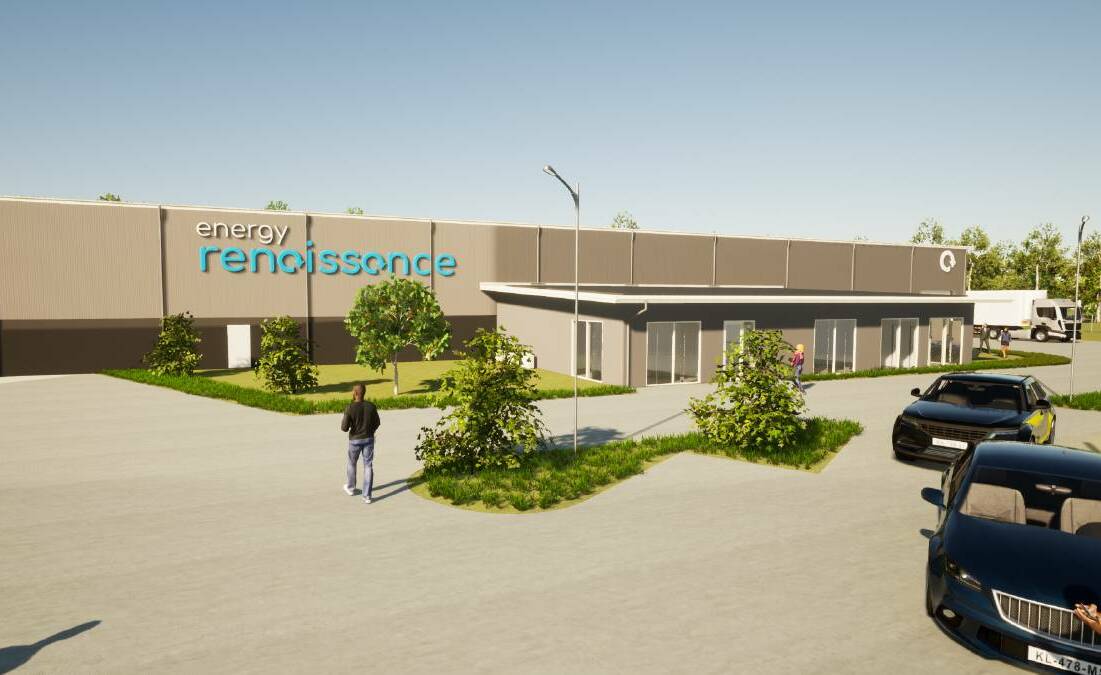
A Victorian dairy farm expects it will save $70,000 annually after incorporating Hunter-built lithium batteries into its clean energy power supply.
The project is among the first in Australia to demonstrate the capacity of renewable energy to transform large energy-intensive agribusiness operations.
Energy Renaissance, which is due to open a $28million battery technology manufacturing plant at Tomago later this year, built the 520kWh Renaissance superRack battery.
The battery, which is coupled with a 250kW rooftop solar system will reduce the Nikep Dairy Farm's reliance on grid electricity by up to 95 percent.
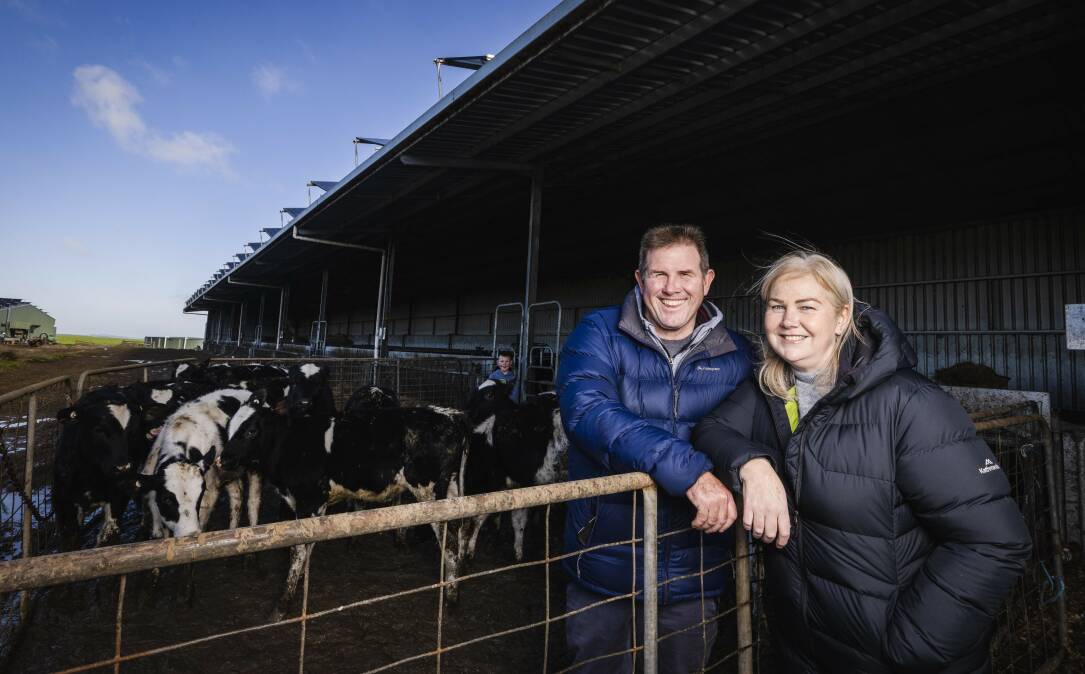
"Dairy farming is highly energy-intensive and relying on grid electricity meant we were at the mercy of rising electricity costs that would impact our profitability," fourth-generation dairy farmer John Pekin said.
"Having batteries also provides us with energy security, knowing that we can continue to operate in the event of a grid outage.
"In addition, the batteries can keep our cows being milked twice daily. Investing in clean energy goes beyond economic considerations for us as dairy farmers. We want to inspire others to do something now because we're making our farm more sustainable, which is better for the environment."
The 450 hectare dairy farm is now tracking towards becoming carbon-neutral, unlocking new opportunities by selling carbon credits generated by the Farming the Sky solutions, and milk to processors who reward low carbon producers with better prices.
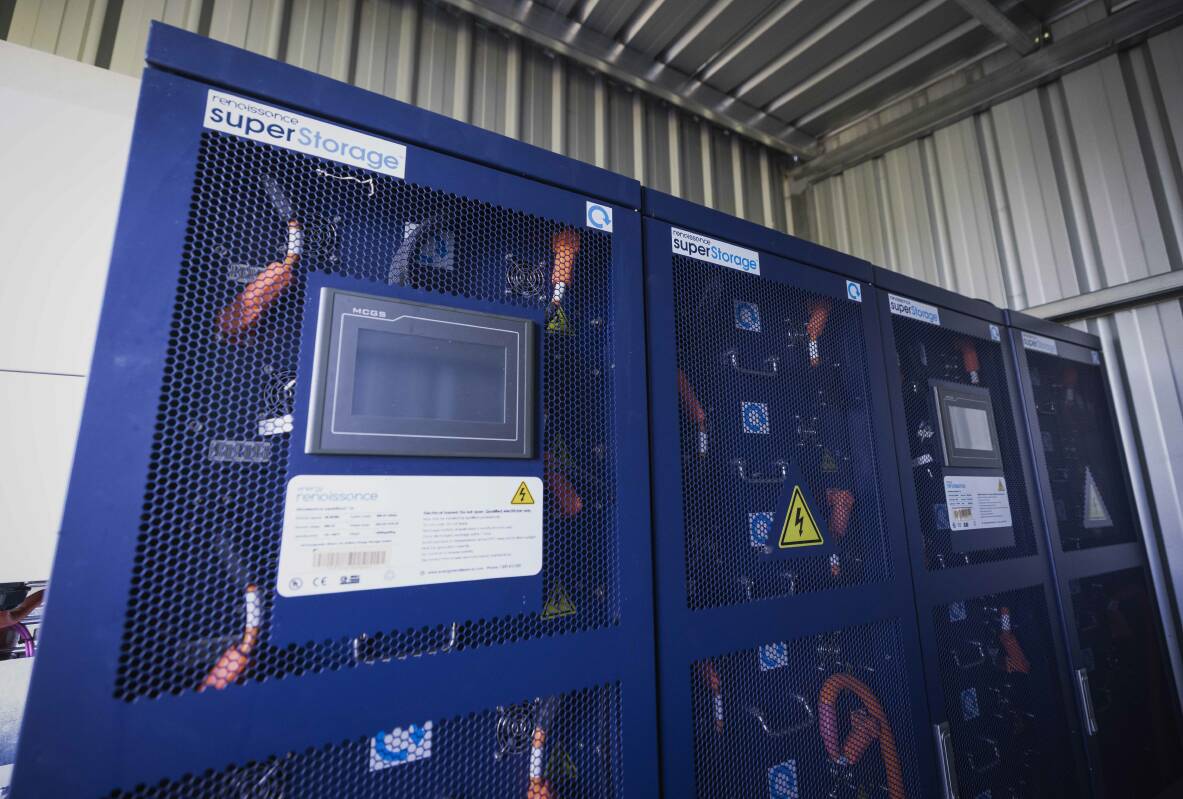
Energy Renaissance founder Brian Craighead, said he was delighted to see the practical benefits of the superRack battery.
"Working with CSIRO, we spent years perfecting our batteries for challenging environments.It's fantastic to see all that effort translate into lower costs, lower emissions and a more sustainable operation," he said.
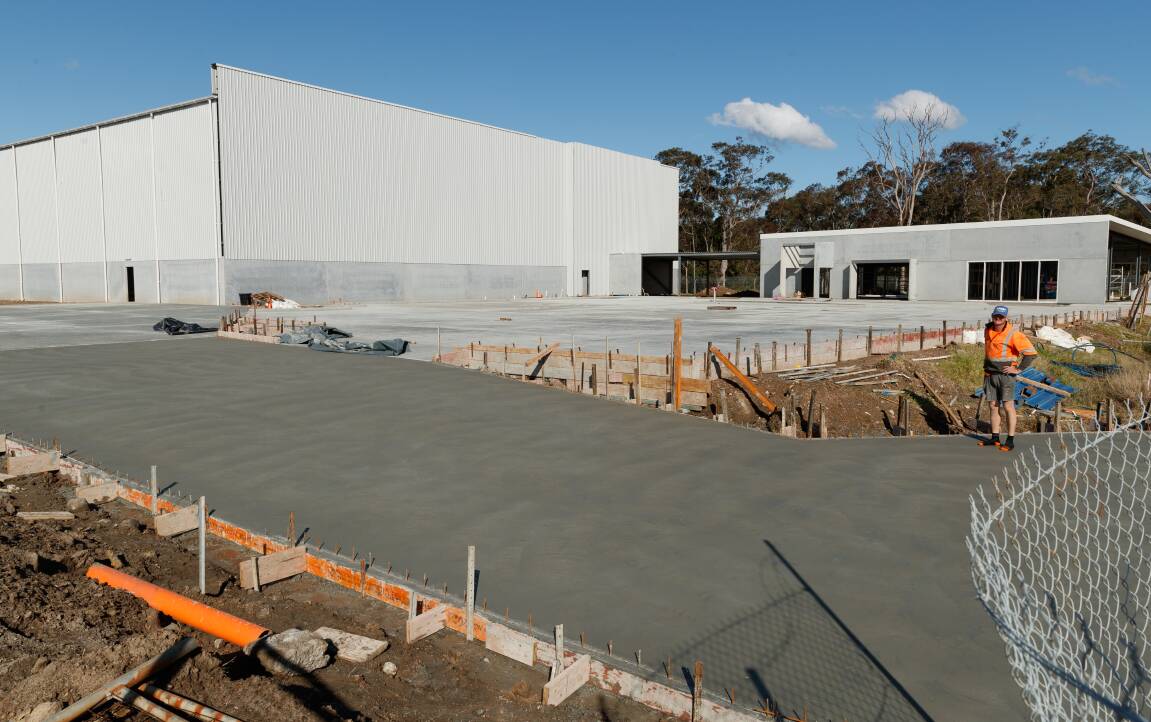
Energy Renaissance has been manufacturing battery packs from temporary premises at Tomago since last October while it builds a 4,000 square metre purpose-built facility, to be known as Renaissance One, at a site off Tomago Road.
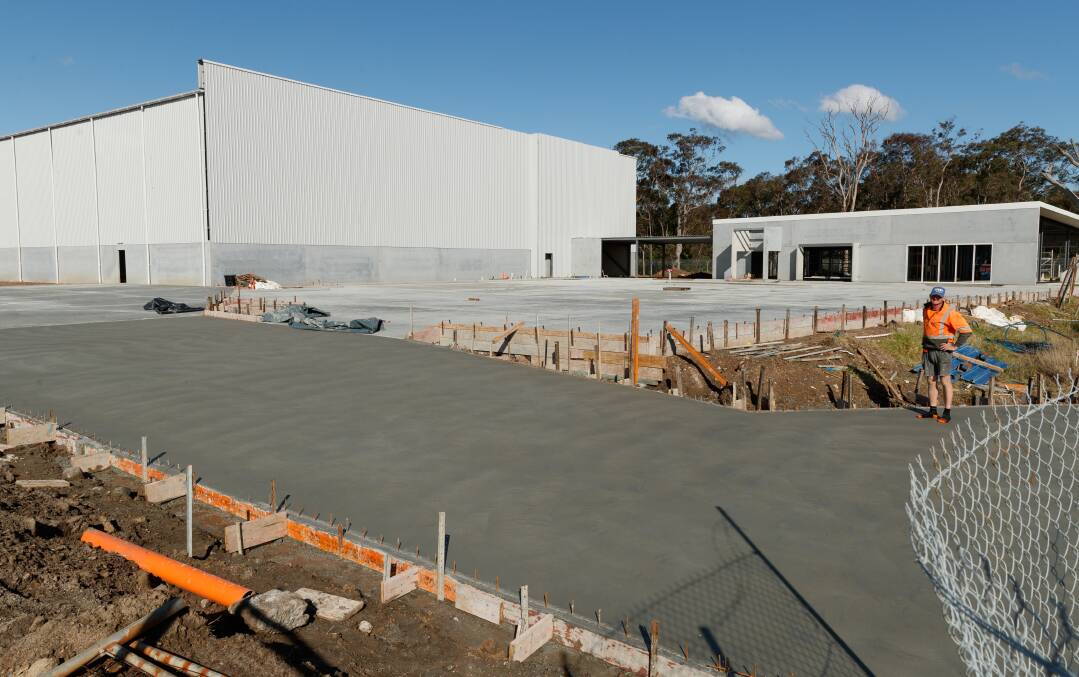

The company has modified its initial plans and will now build a second facility, Renaissance Two, on the same site that will focus on battery cell production.
A four month delay caused by wet weather and material supply shortages has put the construction several months behind schedule.
Renaissance One is now due to open in October while Renaissance Two is expected to commence operations in 2023.
The factory will have an initial battery production capacity of 66 megawatt hours per annum, with plans to scale its Australian operation to 5.3 gigawatt hours of energy storage per annum with an additional investment of more than $200 million.
It is estimated the project will employ 1700 people when it reaches full capacity in about five years. Another 6500 indirect jobs will flow from the project.
WHAT DO YOU THINK? We've made it a whole lot easier for you to have your say. Our new comment platform requires only one log-in to access articles and to join the discussion on the Newcastle Herald website. Find out how to register so you can enjoy civil, friendly and engaging discussions. Sign up for a subscription here.







